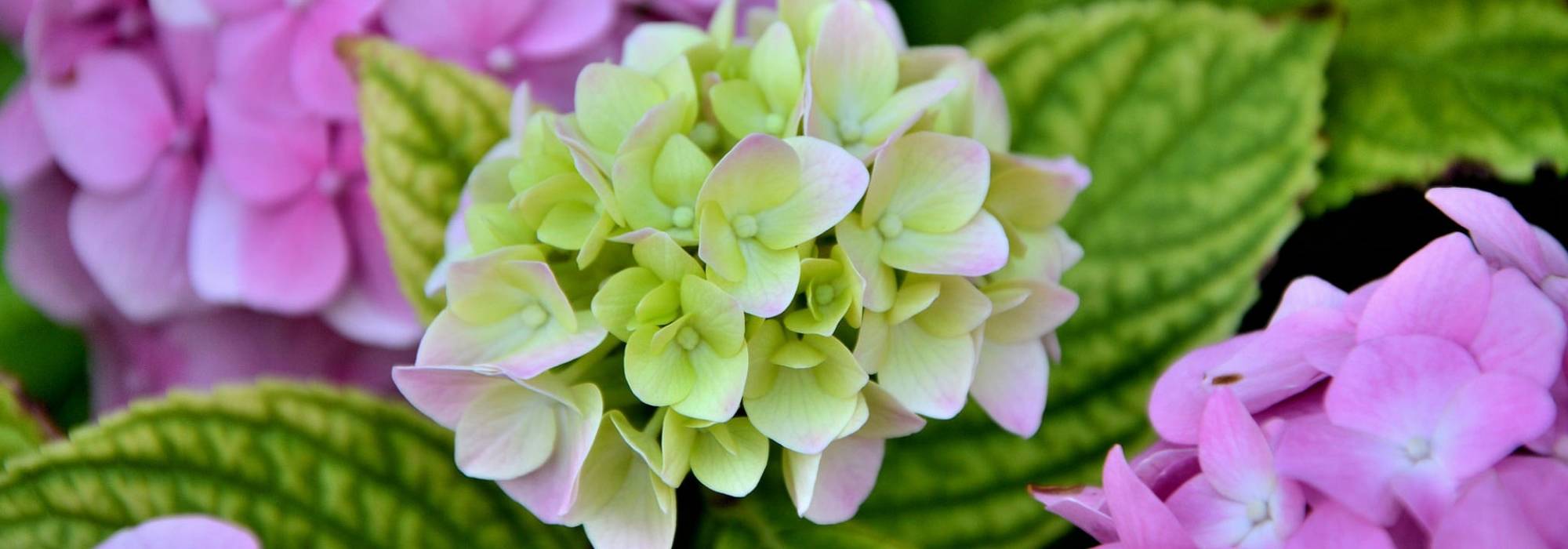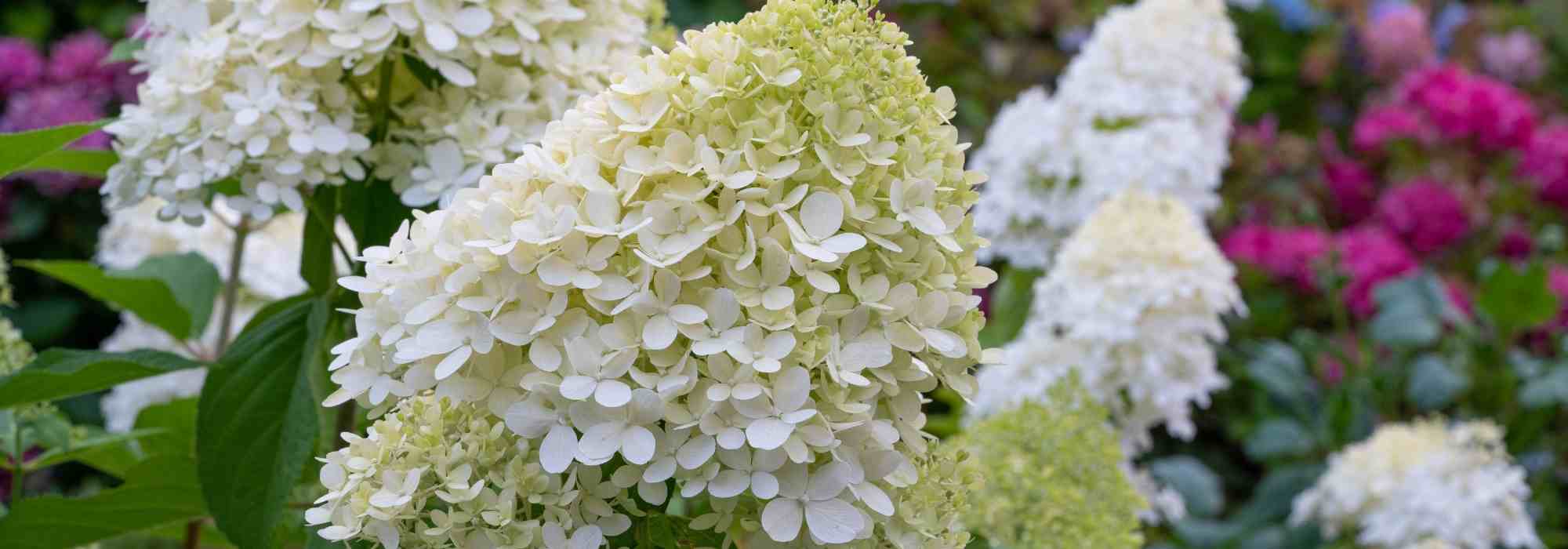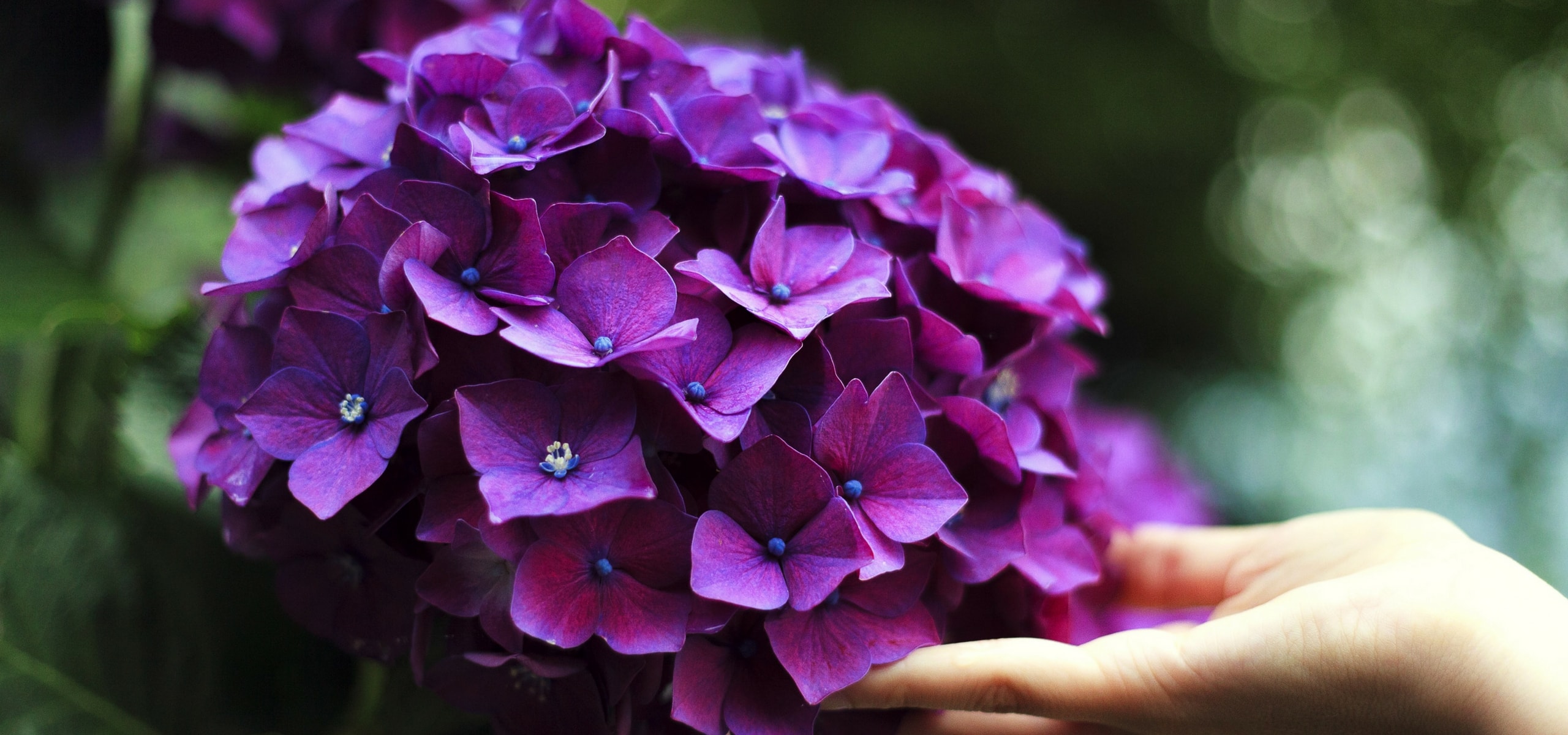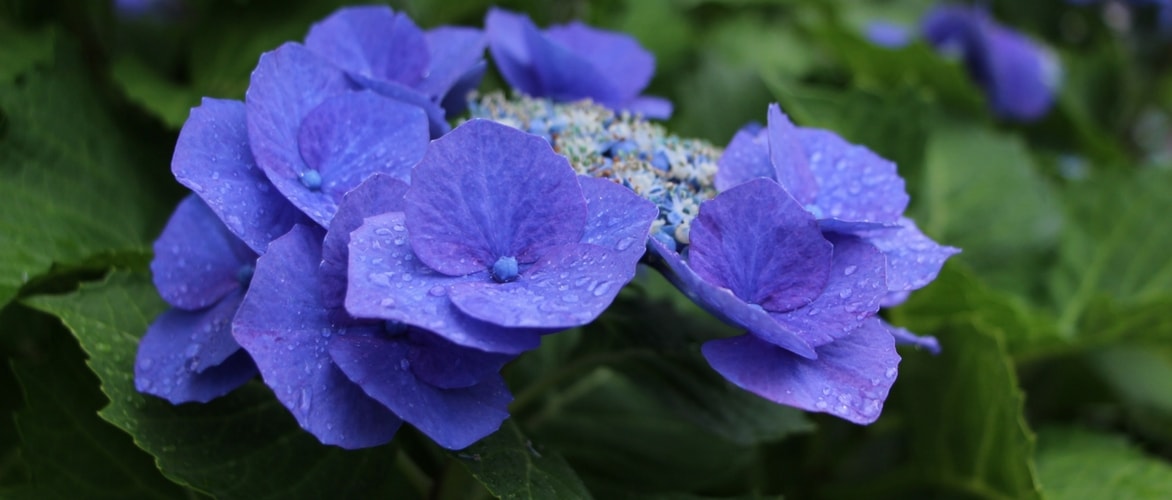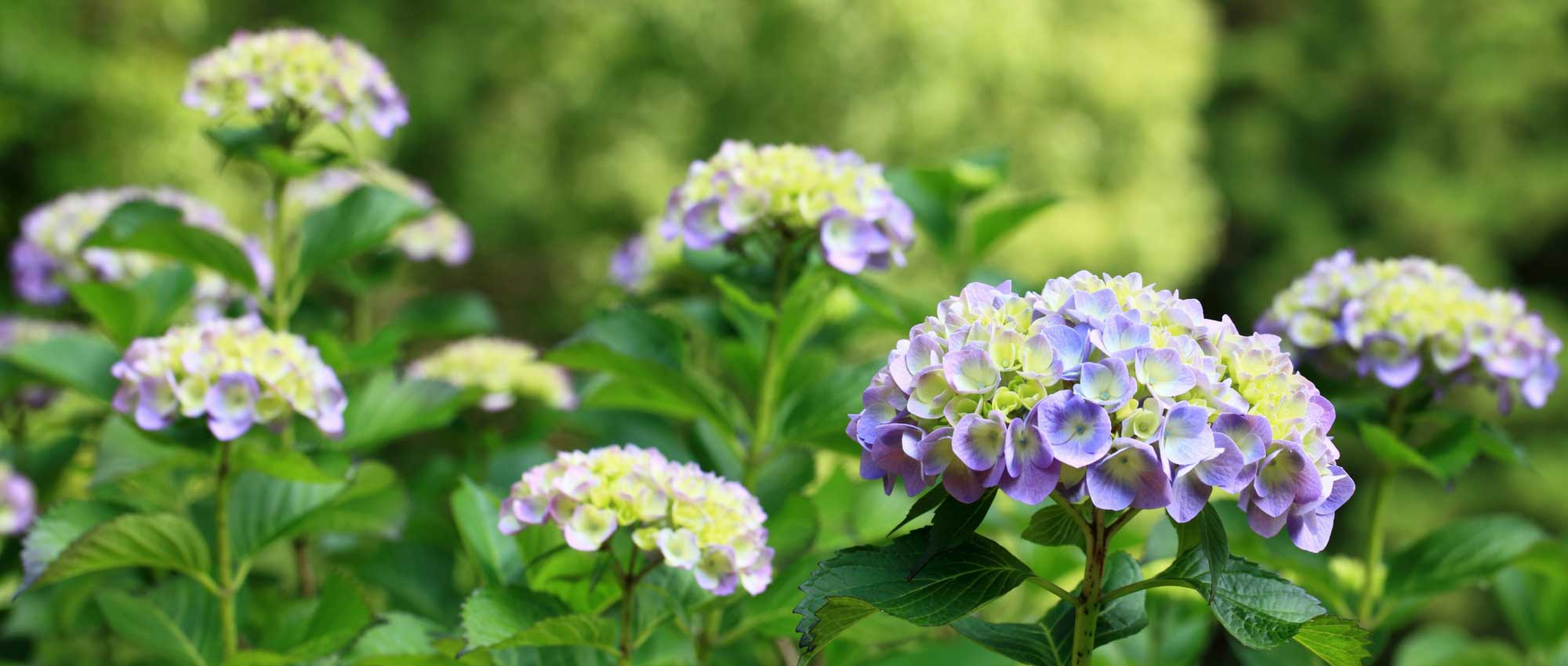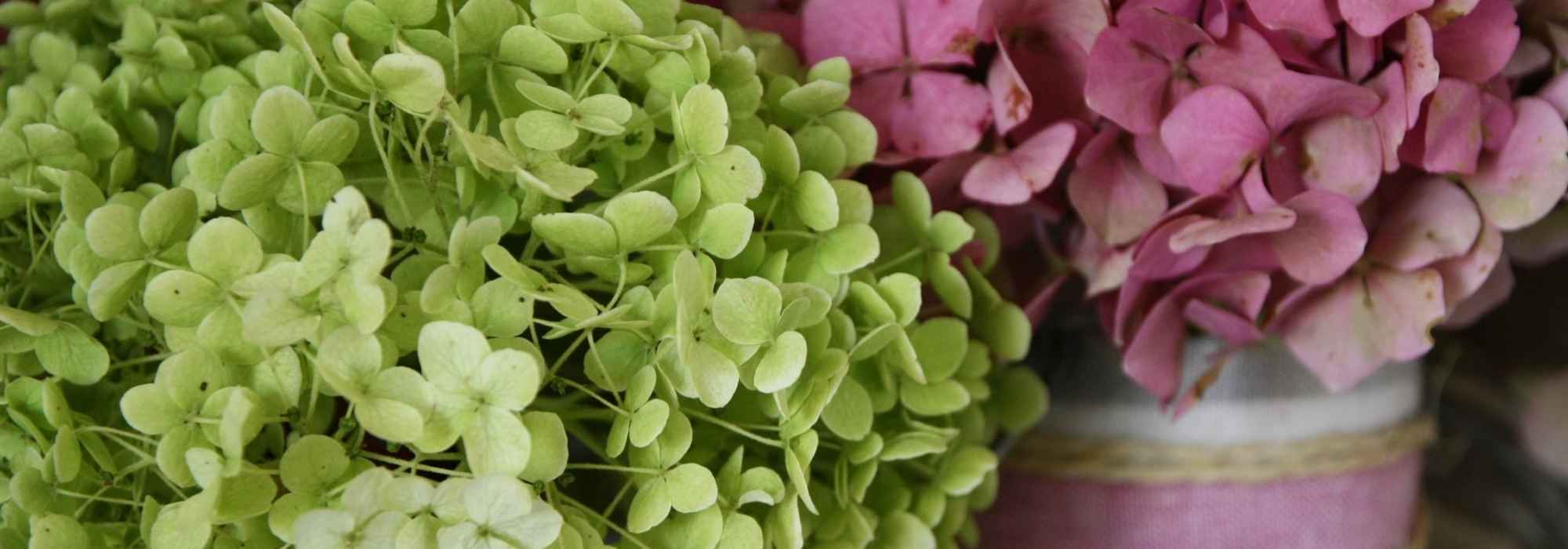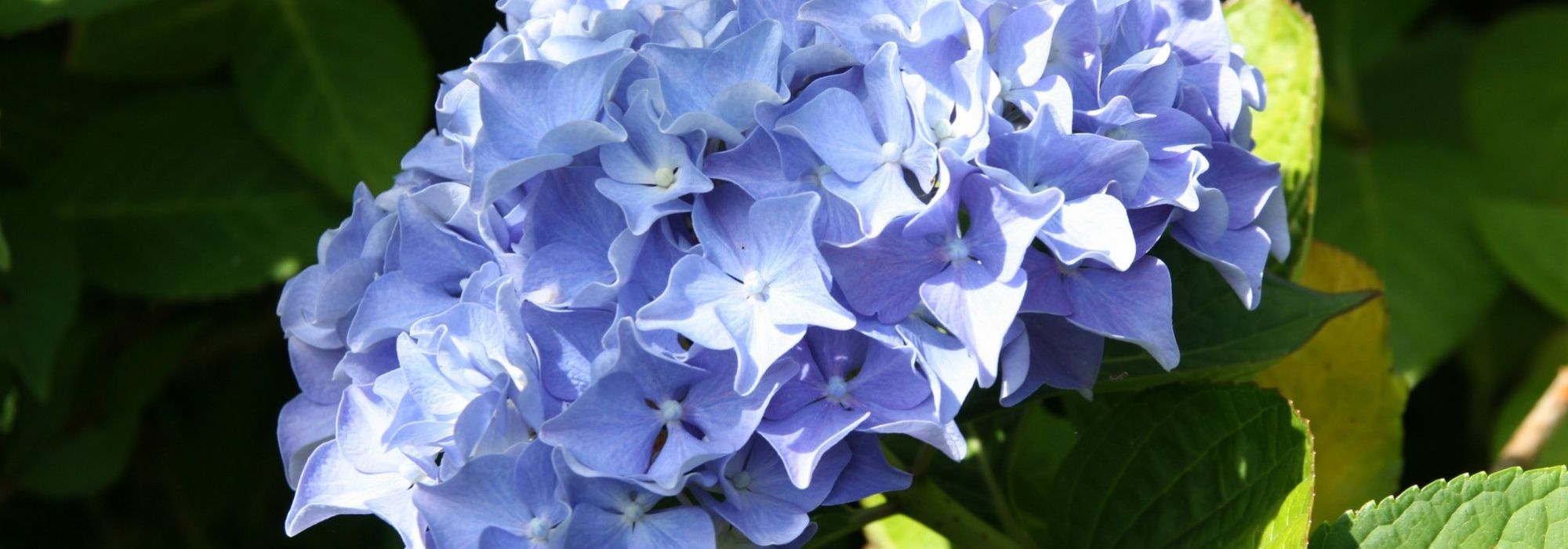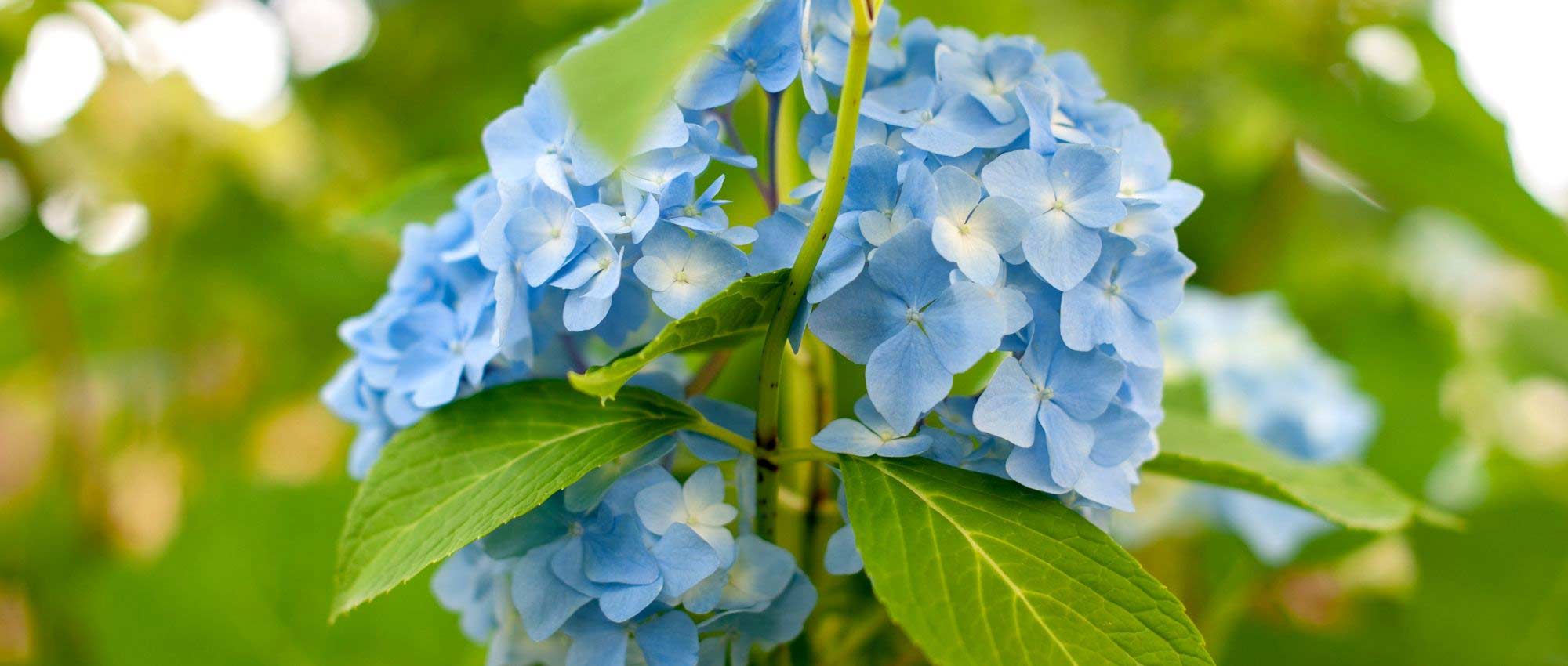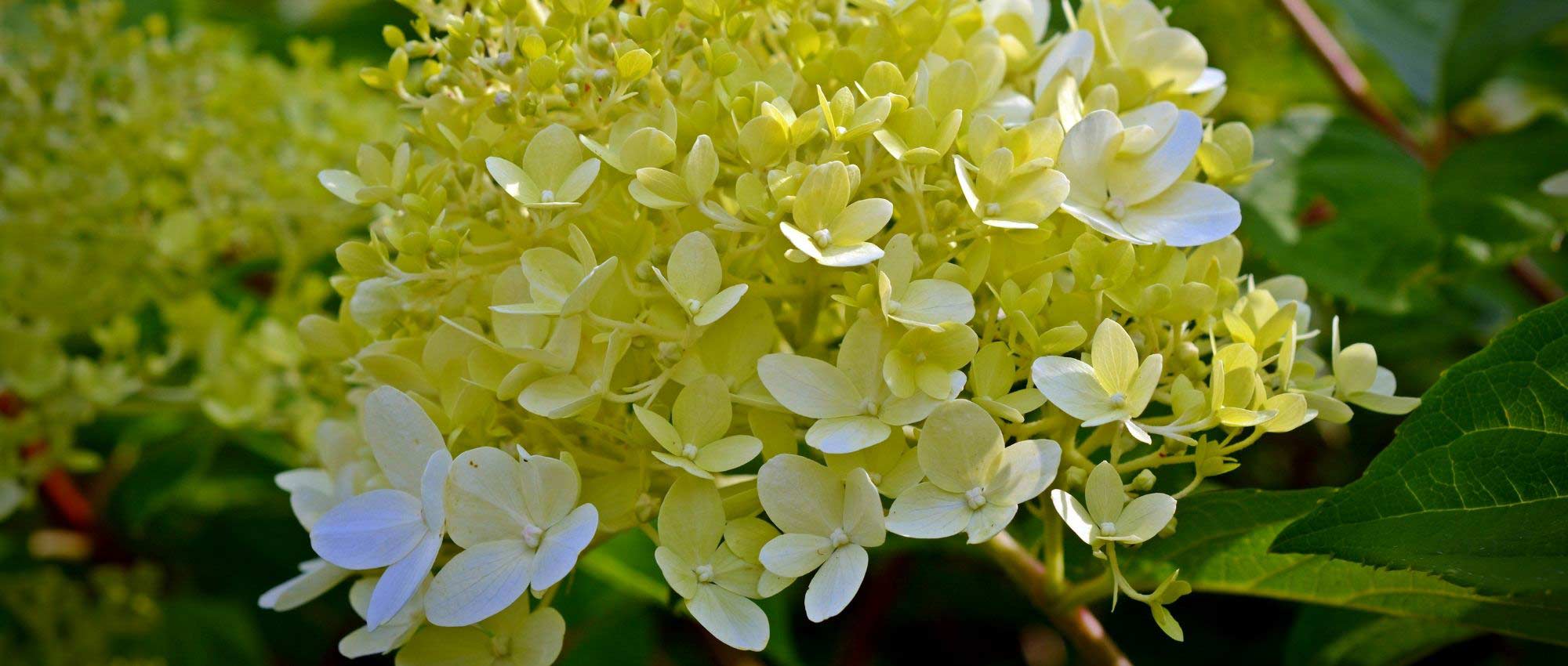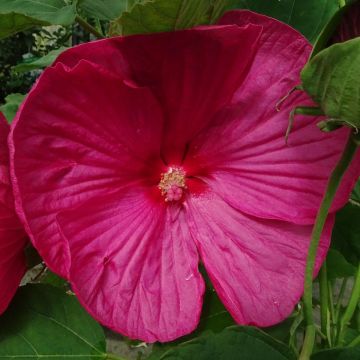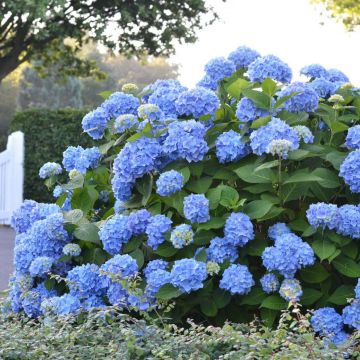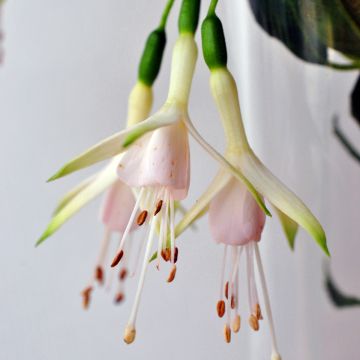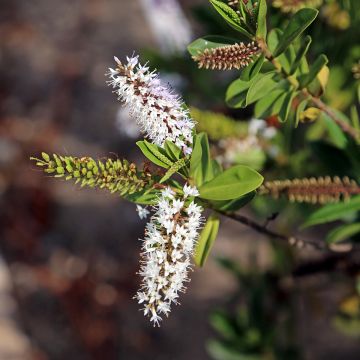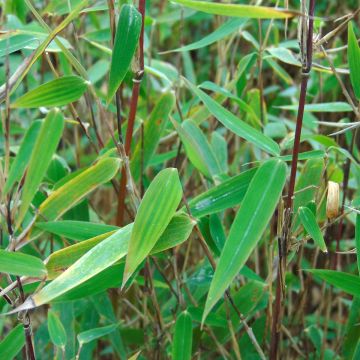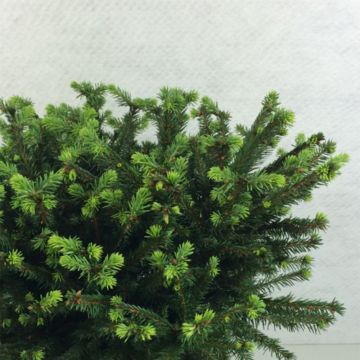

Hydrangea paniculata Graffiti
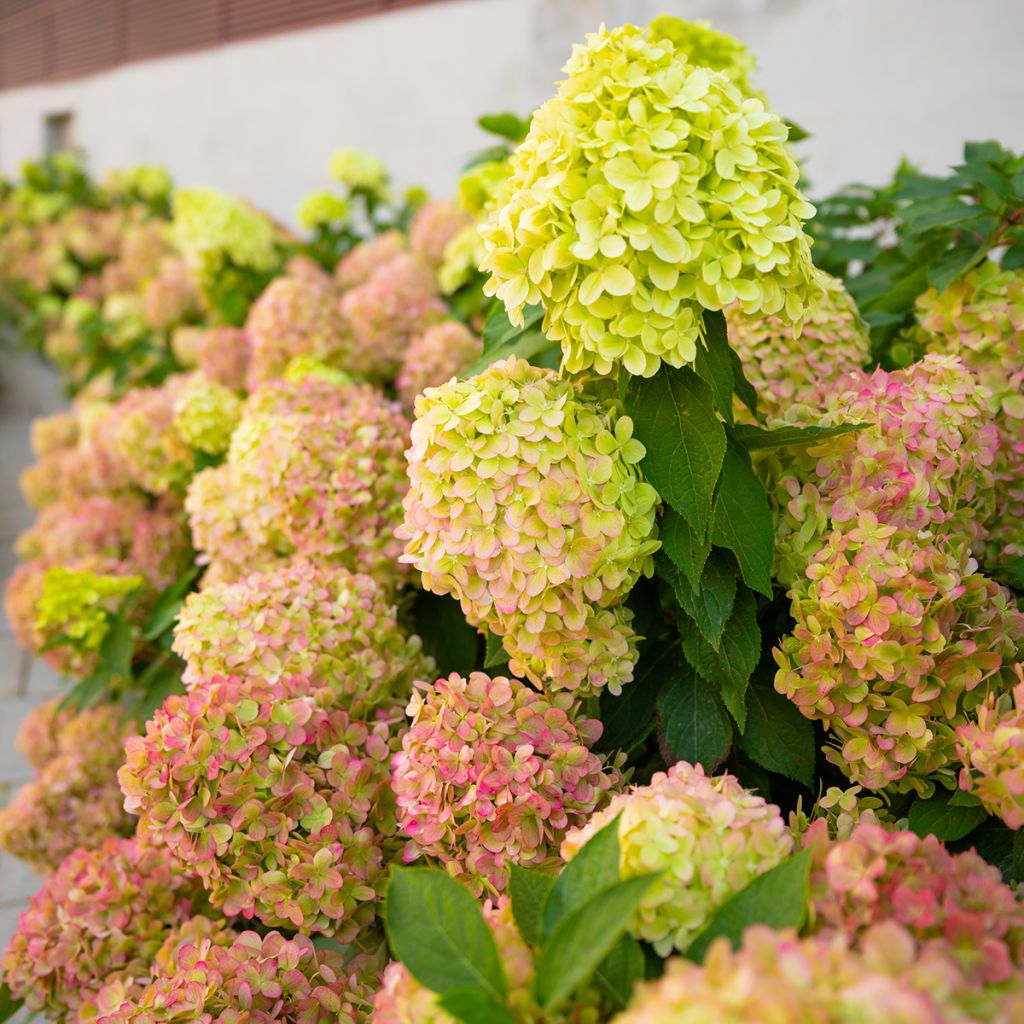

Hydrangea paniculata Graffiti
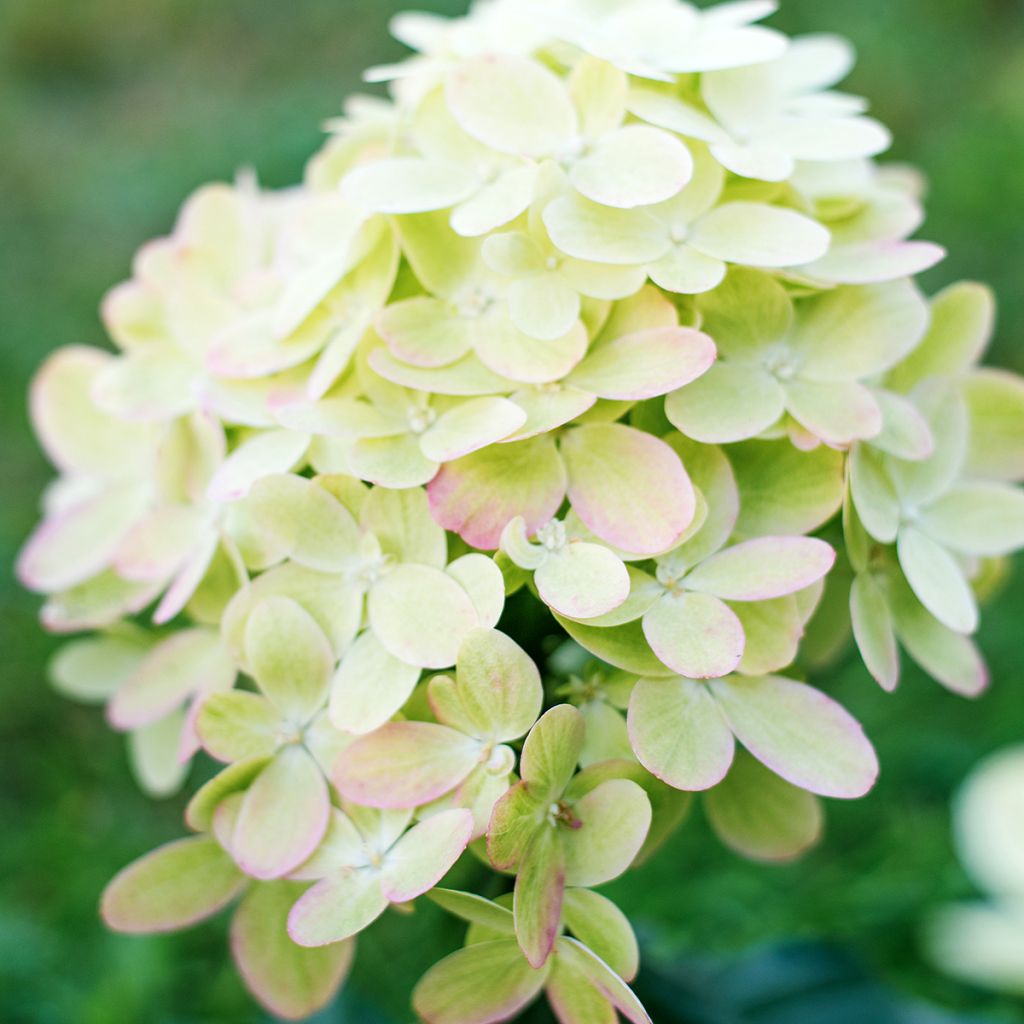

Hydrangea paniculata Graffiti
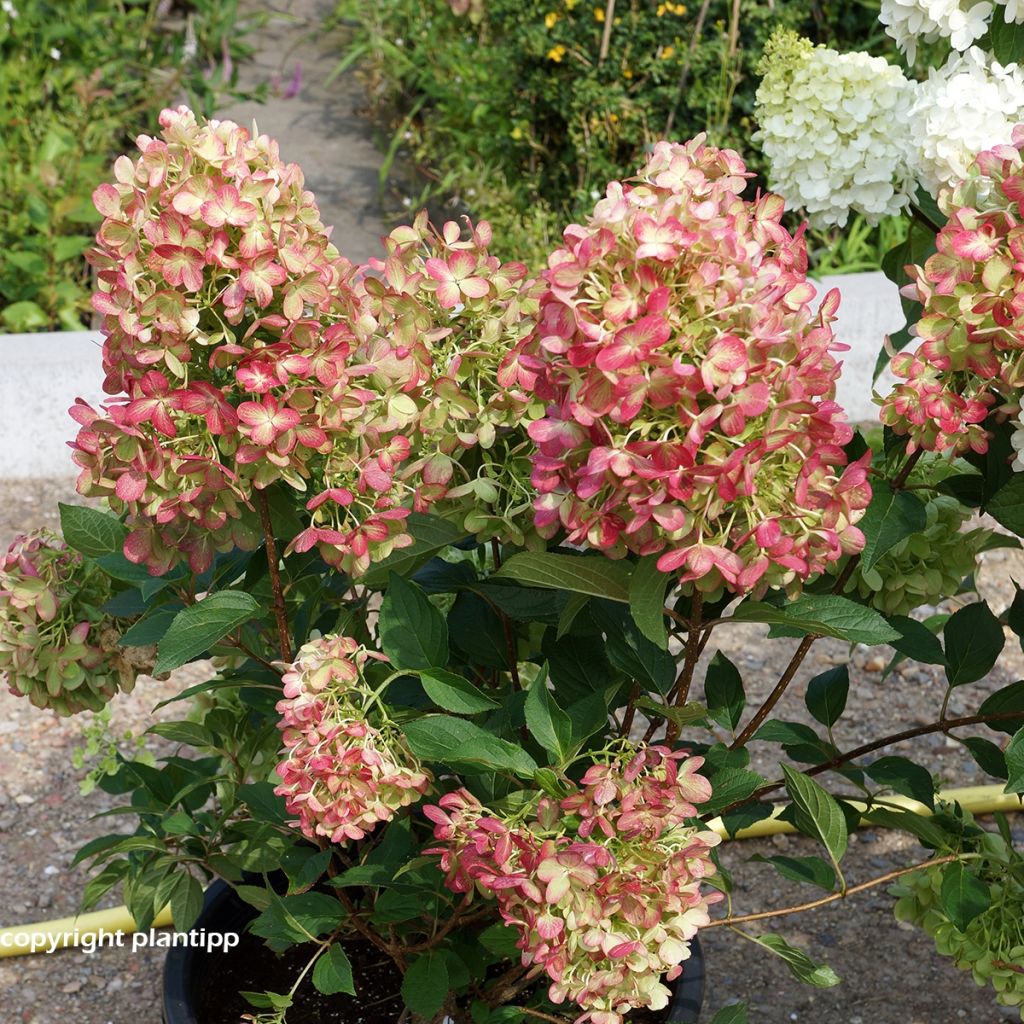

Hydrangea paniculata Graffiti
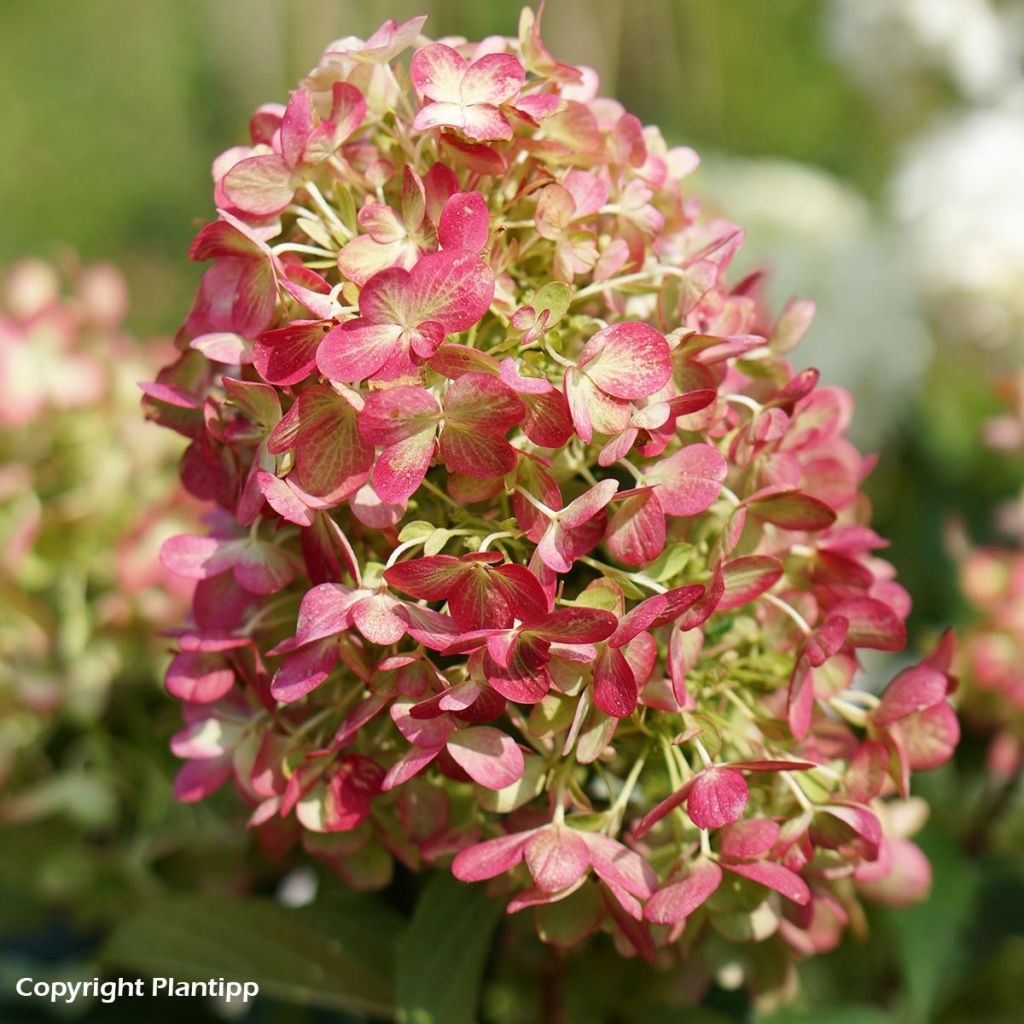

Hydrangea paniculata Graffiti
Hydrangea paniculata Graffiti
Hydrangea paniculata Graffiti ® (ROU201406)
Paniculate Hydrangea, Panicled Hydrangea, Panicle Hydrangea
Purchased in July 2024 in an 8-9 cm bucket, already beautiful panicles one year later.
Plume, 08/08/2025
Special offer!
Receive a €20 voucher for any order over €90 (excluding delivery costs, credit notes, and plastic-free options)!
1- Add your favorite plants to your cart.
2- Once you have reached €90, confirm your order (you can even choose the delivery date!).
3- As soon as your order is shipped, you will receive an email containing your voucher code, valid for 3 months (90 days).
Your voucher is unique and can only be used once, for any order with a minimum value of €20, excluding delivery costs.
Can be combined with other current offers, non-divisible and non-refundable.
Home or relay delivery (depending on size and destination)
Schedule delivery date,
and select date in basket
This plant carries a 24 months recovery warranty
More information
We guarantee the quality of our plants for a full growing cycle, and will replace at our expense any plant that fails to recover under normal climatic and planting conditions.
Would this plant suit my garden?
Set up your Plantfit profile →
Description
Hydrangea paniculata 'Graffiti' ('Rensam') is a variety of paniculate hydrangea that is in vogue, which combines an extremely compact habit with a long, colour-changing flowering period, which appeals from summer until autumn. It is a small, hardy and colourful shrub requiring little maintenance, making it perfectly suited for decorating balconies and terraces, and very useful for arranging small spaces. We admire its many conical flower panicles from July, and the waltz of colours they host, changing from lime-green to white, then to pink and red with green veins, before drying beautifully. Superb in small flower beds, its flowers possess something magical in both dried and fresh floral compositions.
Hydrangea paniculata, also known as Paniculate Hydrangea, is a species belonging to the Hydrangeaceae family native to the leafy woods of China and Japan. This mountain plant is particularly hardy and it better tolerates sunshine and even sea sprays than Hydrangea macrophylla. It is a species that is quite accommodating in terms of soil, only fearing soils that are too heavy, too calcareous or too dry.
The 'Graffiti' variety, recently obtained in the Netherlands, shows a low and stocky habit. The main branches are erect and stiff, while the secondary ones are barely arched. At maturity, this variety will not exceed 1 m (3 ft 4 in) in all directions. It is a plant with quite rapid growth. By July, numerous broadly conical and tightly packed panicles bloom at the end of all the young shoots; these measure 20 to 30 cm (7.9 to 11.8 in) long. They consist of numerous fertile, single florets, evolving from a lime-green shade to white then a mixture of green and cherry-red to pink shades, when planted in sunny exposure. This inflorescence, where a few tiny and fluffy sterile florets are mixed, barely bends the youngest branches. Its branches carry ovate leaves of a rather dark green colour, measuring 5 to 15 cm (2 to 5.9 in) long and 5 to 7 cm (2 to 2.8 in) wide, which are finely dentate along the edge. They turn yellow in autumn before disappearing in winter. Paniculate hydrangeas are less sensitive to late frosts as they generally flower on the shoots of the year.
When planted in any good garden soil without too much limestone, Hydrangea paniculata 'Graffiti' quickly becomes a pretty bush, without taking up too much space in a small garden. It is a particularly compact and endearing variety, which can be installed on its own, in a low hedge or flower bed, or even in light undergrowth, mixed with other hydrangeas and perpetual roses to play with contrasts and shapes. You can also combine it with grasses such as Miscanthus, Panicum virgatum Squaw and Stipa, or even with bronze fennel and hardy fuchsias. Its small stature naturally allows it to be grown without difficulty in a pot on the terrace, where it will live for many years, provided it receives regular watering and applications of fertiliser.
Hydrangea paniculata Graffiti in pictures
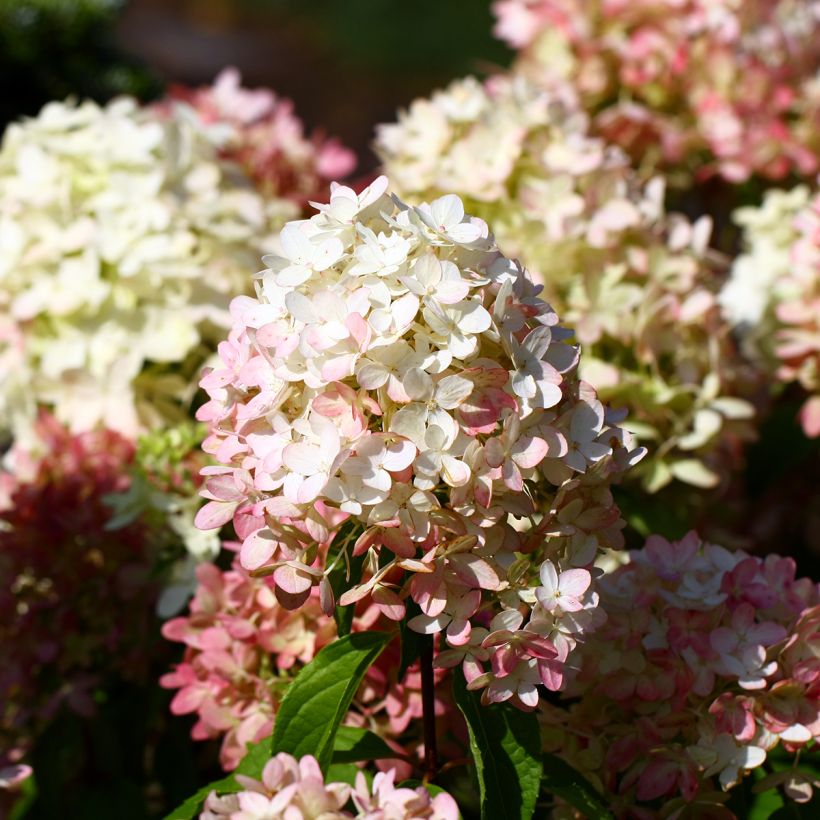

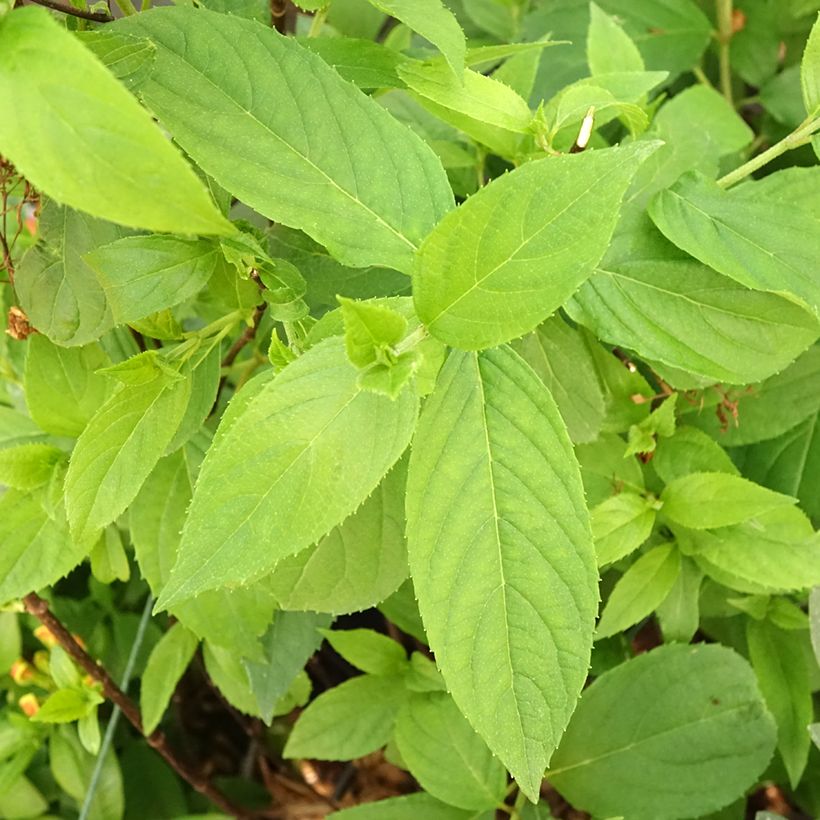



Plant habit
Flowering
Foliage
Botanical data
Hydrangea
paniculata
Graffiti ® (ROU201406)
Hydrangeaceae
Paniculate Hydrangea, Panicled Hydrangea, Panicle Hydrangea
Cultivar or hybrid
Planting and care
Hydrangea paniculata Graffiti is not very demanding about the nature of the soil, as long as it is not too heavy, dry or chalky. It needs a sunny but non-burning exposure, or partial shade. When planting, install it in a soil that has been deeply worked and improved by leaf compost. A good base fertiliser (horn or dried blood) will promote the recovery of your young plant and nourish it without risk of burning. If your soil tends to be dry, mix our STOCKOSORB® water retainer with the soil when filling the planting hole and provide a surface watering basin.
At the end of summer, we advise you not to cut the dry panicles which will protect the terminal shoots of the branches in winter; you should cut all the dry flowers at the end of February or on the first summer days. The plant's spring vegetation appears rather late.
Hydrangea Paniculata: these shrubby hydrangeas with elongated inflorescences are more water-efficient and easily establish themselves even in non-acidic soil. They bloom generously from June until the first frosts. When planted in the sun, their inflorescences change colour very nicely in the autumn.
Hydrangea paniculata Graffiti must be pruned at the end of winter to produce more inflorescences and keep a dense habit. Apart from deliberately limiting the expansion of the bush if it has become too large, you should ensure not to remove the two-year-old branches, as doing so will compromise the development of the plant.
Planting period
Intended location
Care
Planting & care advice
-
, onOrder confirmed
Reply from on Promesse de fleurs
Similar products
Haven't found what you were looking for?
Hardiness is the lowest winter temperature a plant can endure without suffering serious damage or even dying. However, hardiness is affected by location (a sheltered area, such as a patio), protection (winter cover) and soil type (hardiness is improved by well-drained soil).

Photo Sharing Terms & Conditions
In order to encourage gardeners to interact and share their experiences, Promesse de fleurs offers various media enabling content to be uploaded onto its Site - in particular via the ‘Photo sharing’ module.
The User agrees to refrain from:
- Posting any content that is illegal, prejudicial, insulting, racist, inciteful to hatred, revisionist, contrary to public decency, that infringes on privacy or on the privacy rights of third parties, in particular the publicity rights of persons and goods, intellectual property rights, or the right to privacy.
- Submitting content on behalf of a third party;
- Impersonate the identity of a third party and/or publish any personal information about a third party;
In general, the User undertakes to refrain from any unethical behaviour.
All Content (in particular text, comments, files, images, photos, videos, creative works, etc.), which may be subject to property or intellectual property rights, image or other private rights, shall remain the property of the User, subject to the limited rights granted by the terms of the licence granted by Promesse de fleurs as stated below. Users are at liberty to publish or not to publish such Content on the Site, notably via the ‘Photo Sharing’ facility, and accept that this Content shall be made public and freely accessible, notably on the Internet.
Users further acknowledge, undertake to have ,and guarantee that they hold all necessary rights and permissions to publish such material on the Site, in particular with regard to the legislation in force pertaining to any privacy, property, intellectual property, image, or contractual rights, or rights of any other nature. By publishing such Content on the Site, Users acknowledge accepting full liability as publishers of the Content within the meaning of the law, and grant Promesse de fleurs, free of charge, an inclusive, worldwide licence for the said Content for the entire duration of its publication, including all reproduction, representation, up/downloading, displaying, performing, transmission, and storage rights.
Users also grant permission for their name to be linked to the Content and accept that this link may not always be made available.
By engaging in posting material, Users consent to their Content becoming automatically accessible on the Internet, in particular on other sites and/or blogs and/or web pages of the Promesse de fleurs site, including in particular social pages and the Promesse de fleurs catalogue.
Users may secure the removal of entrusted content free of charge by issuing a simple request via our contact form.
The flowering period indicated on our website applies to countries and regions located in USDA zone 8 (France, the United Kingdom, Ireland, the Netherlands, etc.)
It will vary according to where you live:
- In zones 9 to 10 (Italy, Spain, Greece, etc.), flowering will occur about 2 to 4 weeks earlier.
- In zones 6 to 7 (Germany, Poland, Slovenia, and lower mountainous regions), flowering will be delayed by 2 to 3 weeks.
- In zone 5 (Central Europe, Scandinavia), blooming will be delayed by 3 to 5 weeks.
In temperate climates, pruning of spring-flowering shrubs (forsythia, spireas, etc.) should be done just after flowering.
Pruning of summer-flowering shrubs (Indian Lilac, Perovskia, etc.) can be done in winter or spring.
In cold regions as well as with frost-sensitive plants, avoid pruning too early when severe frosts may still occur.
The planting period indicated on our website applies to countries and regions located in USDA zone 8 (France, United Kingdom, Ireland, Netherlands).
It will vary according to where you live:
- In Mediterranean zones (Marseille, Madrid, Milan, etc.), autumn and winter are the best planting periods.
- In continental zones (Strasbourg, Munich, Vienna, etc.), delay planting by 2 to 3 weeks in spring and bring it forward by 2 to 4 weeks in autumn.
- In mountainous regions (the Alps, Pyrenees, Carpathians, etc.), it is best to plant in late spring (May-June) or late summer (August-September).
The harvesting period indicated on our website applies to countries and regions in USDA zone 8 (France, England, Ireland, the Netherlands).
In colder areas (Scandinavia, Poland, Austria...) fruit and vegetable harvests are likely to be delayed by 3-4 weeks.
In warmer areas (Italy, Spain, Greece, etc.), harvesting will probably take place earlier, depending on weather conditions.
The sowing periods indicated on our website apply to countries and regions within USDA Zone 8 (France, UK, Ireland, Netherlands).
In colder areas (Scandinavia, Poland, Austria...), delay any outdoor sowing by 3-4 weeks, or sow under glass.
In warmer climes (Italy, Spain, Greece, etc.), bring outdoor sowing forward by a few weeks.






























